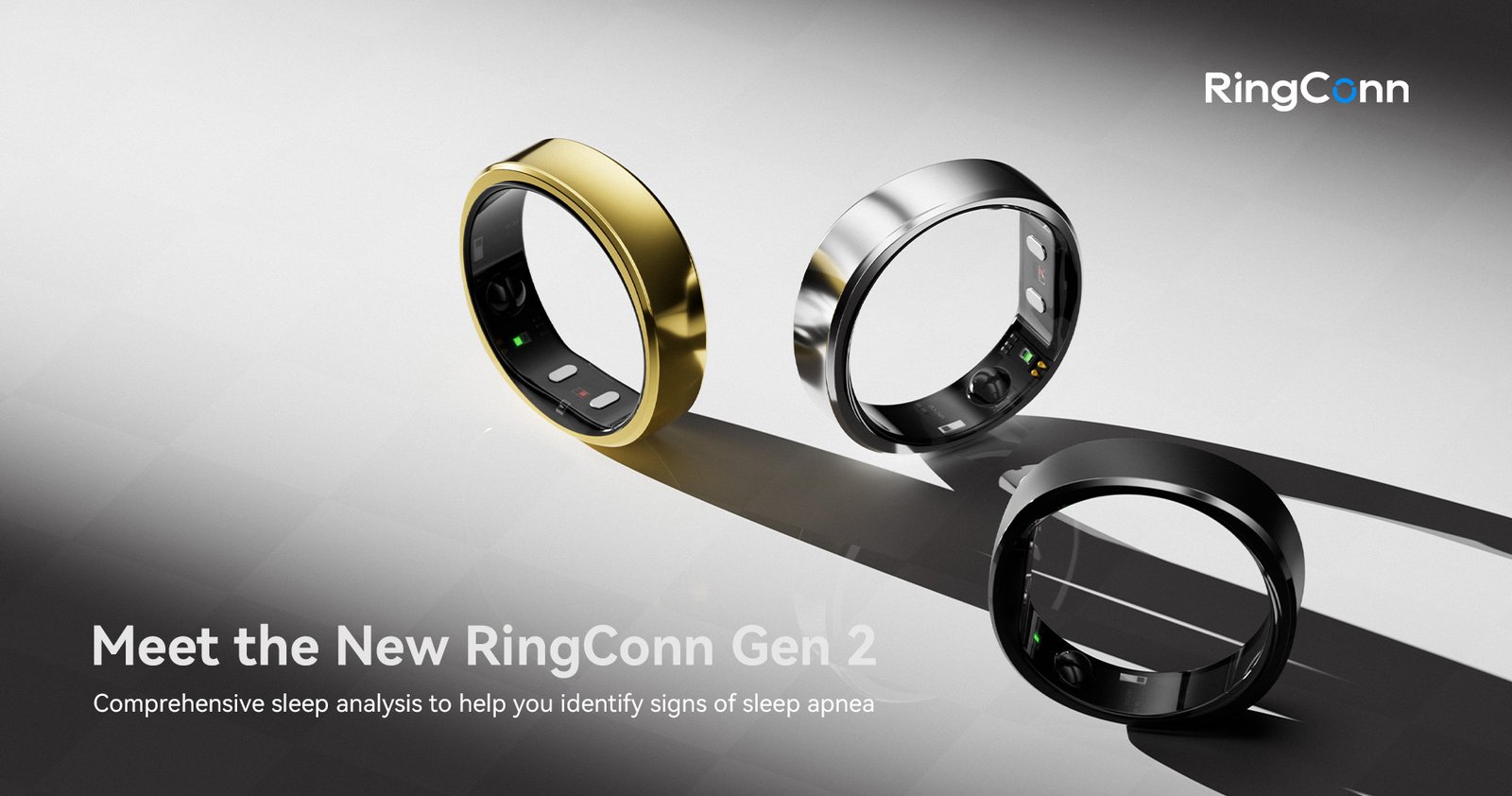In an era where digital communication shapes professional lives more than ever before, ensuring a secure and respectful online environment is paramount. Recently, LinkedIn took a significant step in this direction by reaffirming its commitment to maintaining a platform where professional dialogue can thrive without fear of abuse or hate. This commitment was highlighted in a meeting with Didier Reynders, the European Commissioner for Justice, where LinkedIn’s leadership shared ongoing efforts to safeguard the platform’s integrity.
A key development in this endeavor is LinkedIn’s formal endorsement of the European Commission’s Code of Conduct on Countering Illegal Hate Speech Online. While LinkedIn’s parent company, Microsoft, has long supported this initiative, signing the Code directly marks a deeper, more proactive engagement. This move underscores LinkedIn’s dedication to fostering an online space that champions respect, inclusivity, and professionalism.
LinkedIn is much more than a social network; it is a dynamic hub for career growth, learning, and connection-building. Especially in today’s challenging economic climate, where professionals and job seekers alike rely heavily on digital platforms to navigate their careers, the importance of a safe, welcoming environment cannot be overstated. Users expect LinkedIn to be a space free from hateful or abusive content—where they can present their professional identities confidently, knowing that their posts and interactions will be held to high standards of conduct.
This responsibility is a cornerstone of LinkedIn’s mission. The platform explicitly communicates behavioral expectations to its users, ensuring that every post, comment, or share aligns with a culture of respect. Hate speech, in any form, is unequivocally rejected. Given that a LinkedIn profile serves as a professional portfolio visible to current employers, colleagues, and potential collaborators, maintaining a positive environment safeguards not only individual reputations but also the broader professional community.
To back these principles with action, LinkedIn continues to invest substantially in the technology and human expertise required to monitor and moderate content. Content review teams work tirelessly to identify and address abuse, ensuring that violations are met with appropriate consequences. This vigilance helps prevent misuse of the platform and contributes to an atmosphere where users feel secure engaging in meaningful professional exchanges.
As LinkedIn’s user base expands, the challenges of maintaining this safe environment grow correspondingly. Yet, the company remains committed to evolving its strategies and resources, understanding that safeguarding community trust is an ongoing process. The formal adoption of the Code of Conduct is not just a symbolic gesture but a reaffirmation of LinkedIn’s role as a guardian of professional dialogue in the digital age.
In essence, LinkedIn is striving to be more than just a networking site; it aims to be a trusted professional space where conversations are productive, respectful, and free from the toxicity that can undermine collaboration and growth. This vision benefits everyone—from individual users to the global professional community—by reinforcing an online culture rooted in safety and respect.
Through these initiatives, LinkedIn exemplifies how platforms can balance openness and connection with responsibility and care. The journey toward a safer digital professional landscape continues, but with clear commitments and ongoing action, LinkedIn is setting a standard for others to follow.





